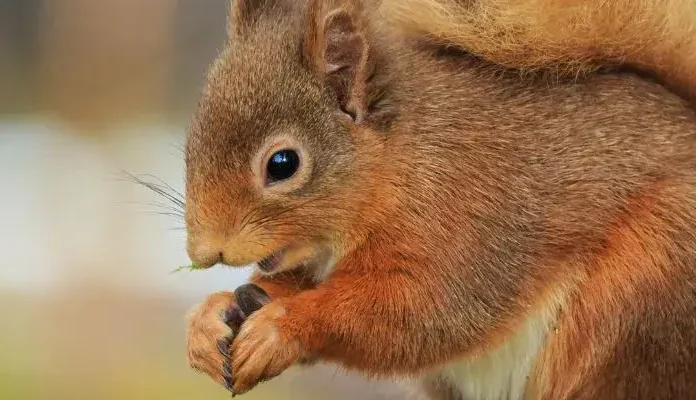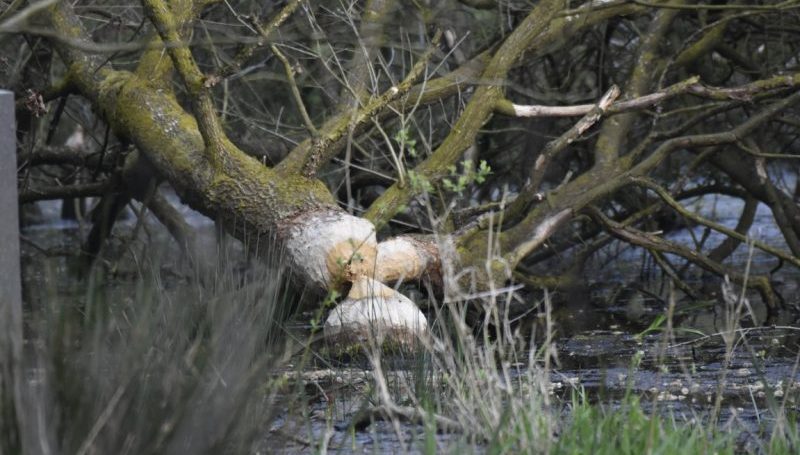When I was approached to write a gardening for wildlife blog, my first thought was ‘it’s already been done’. My second thought was ‘but some of that advice is misleading and may have undesirable outcomes’, for example, when rats occupy your carefully tended compost heap or grey squirrels invade your bird feeders.
So, based on my 40 years of gardening for wildlife in my small, suburban garden, I decided that I might have some useful advice. Gardening for wildlife provides a variety of experiences ranging from;
- delight and joy when the pair of robins nesting in the ivy or the blue tits using the new bird box successfully raise and fledge a brood of chicks;
- outrage and dismay when the local cats indiscriminately kill every fledgling from the two broods patiently raised by the industrious, exhausted and bedraggled looking blackbird parents, who nested at the end of my garden.
(Regarding the predation of UK garden birds by cats – there are 10.8 million domestic cats in the UK with over 26% of households owning at least one, and current estimates stand at 55 million birds killed annually.)
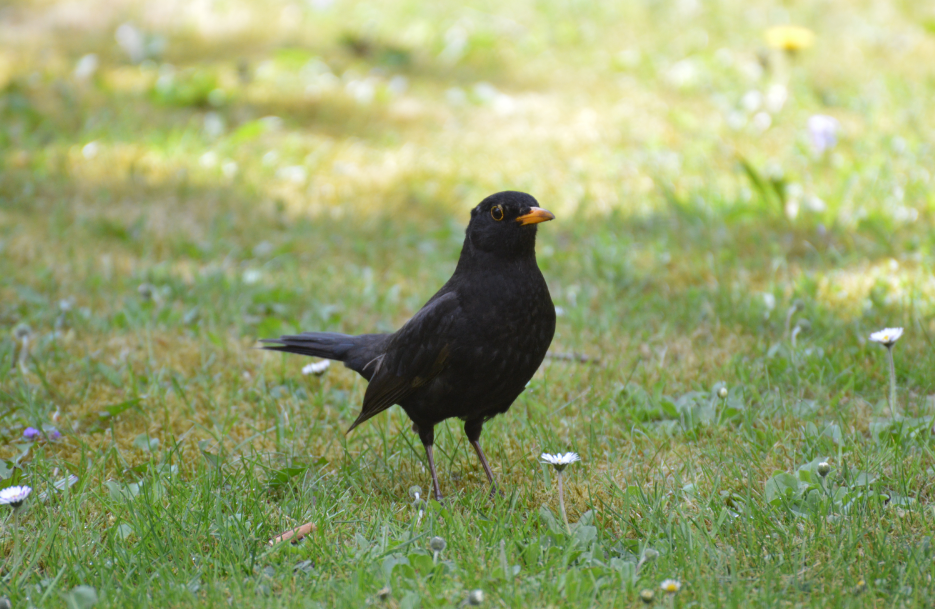
To be fair, I must disclose that one of the male blackbirds in my garden demonstrated highly disturbing behaviour by using his razor sharp beak to flick live adult newts out of my pond to be quickly dispatched then dismembered (distressingly undertaken in full view of anyone watching from the patio doors) before, brazenly feeding the bite size pieces to his mate and their chicks. A behaviour that resulted in the loss of scores of adult newts before the male blackbird himself was taken (almost karma like) by a cat, hidden and patiently waiting in the long grass by the pond to ambush him.
Ecological balance
I have read a great deal over the years about achieving ecological balance in your garden, which appears to be based on a belief that plants, predator and prey species can be brought into a harmonious co-existence. After my many years of active pond and garden management, I can report with confidence that I have never achieved ‘ecological balance’ and given, my advancing years, I now never expect to reach that mythical state. My personal experience of gardening for wildlife has been one of straightforward species opportunism; as first one species arrives to take advantage of the resources available, flourishes for a time then, sometimes without apparent reason, declines, to be replaced by another species.
I liken species opportunism in the garden to an ongoing arms race, which, while influenced by a myriad of outside factors including the now constantly highly variable weather and seasons, is driven mainly by personal human preference and interference, with our decisions determining which species flourish or decline. In my continuing naive megalomania I see myself as performing the functions of judge, jury and executioner in respect of garden winners and losers, with the words of RuPaul, host of Drag Race UK, ‘Shantay you stay’ and ‘Sashay Away’ inexplicably springing to mind as I write this.
I view my garden and myself as a microcosm of the world with clear parallels to the bigger issues and realities that are responsible for the ongoing worldwide collapse of ecosystems and falls in species abundance that have been caused by human need, greed, want and hubris.
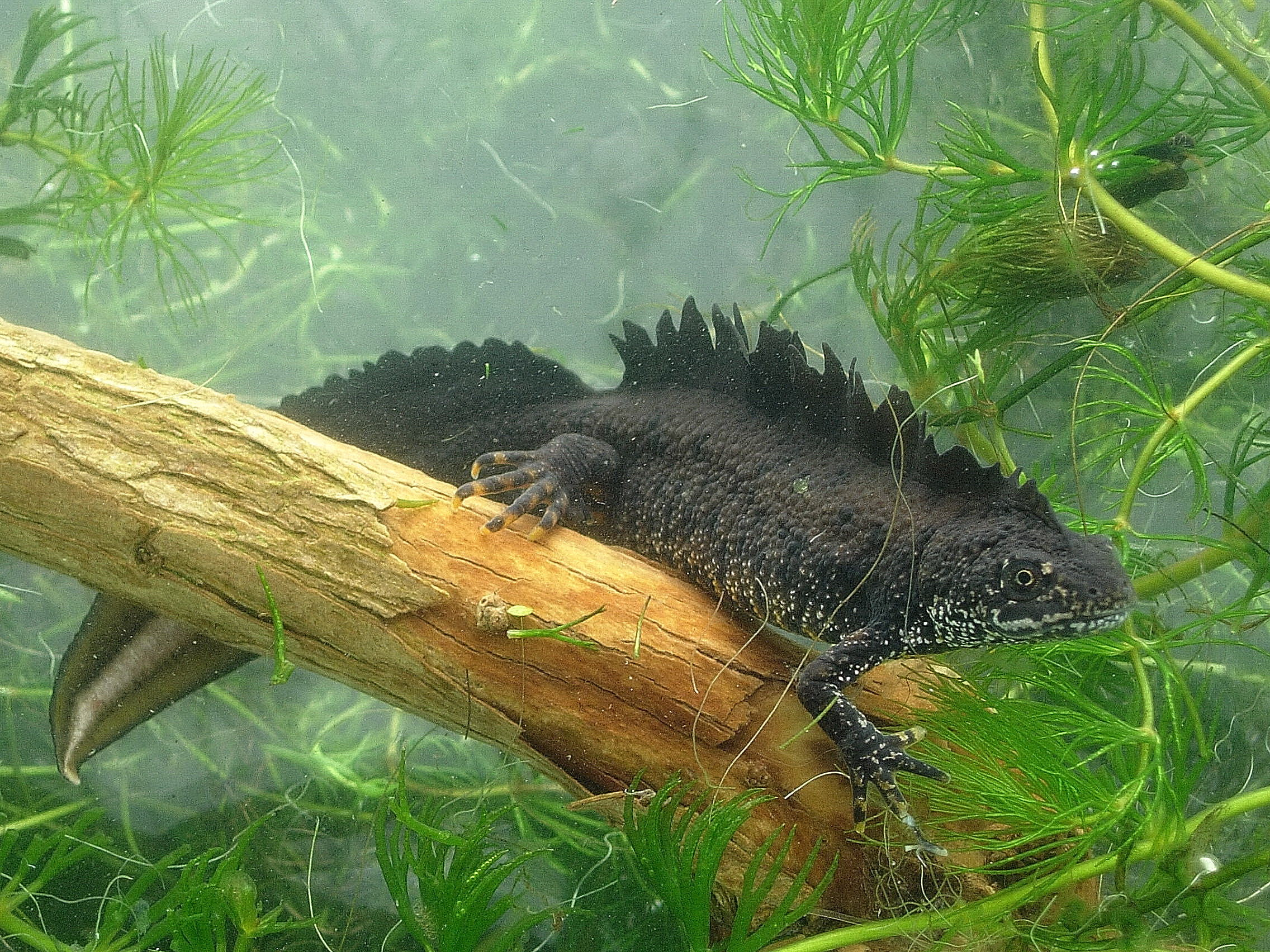
Frogs Vs. newts
The first time I took deliberate wildlife gardening related decisions, with unexpected consequences, involved amphibians and the building of my first pond in the late 1970s. It was swiftly and gratifyingly colonised by common frogs, followed in the early 80s by my successful introduction of smooth newts and great crested newts (when such things were still done and considered to be acceptable by conservationists, naturalists and BBC1 Blue Peter campaigns).
The aim of introducing newts was to fulfil a personal childhood ambition to have them in my garden with the naïve pseudo-scientific ambition of establishing a predator species that would help to control the common frog population, which frustratingly inundated the pond with spawn each spring, and covered my lawn with hundreds of inconvenient froglets during the mowing season.
By the mid-1990s, my population of newts predated all the frogspawn and tadpoles and, to my dismay, caused the number of frogs using my pond to decline then collapse.
Despite a number of subsequent well-intentioned habitat management interventions to redress the balance between frogs and newts, including an ill-considered release of three-spined stickleback into the pond in an attempt to reduce the newt population, (which failed spectacularly as all the fish died when the pond unexpectedly froze solid in their first winter) the introduction of newts into my pond and garden ultimately resulted in the extinction of the common frog population, a situation that sadly continues to-date.
In the 2000s I was responsible for the unintended introduction of palmate newt eggs into my pond. It appears likely that, unknown to me, the eggs were attached to some aquatic plants. The palmate newt population appears to have successfully outcompeted and displaced the smooth newt population.
Of further concern, it also appears that the great crested newt population associated with the pond and garden has not had any breeding success for at least the last five years (a direct consequence of the palmate newts apparently eating their eggs). In addition, a range of other issues relating to cat and heron predation, and more recently the arrival of a hedgehog (yes, they also kill newts) have negatively impacted the great crested newt population.
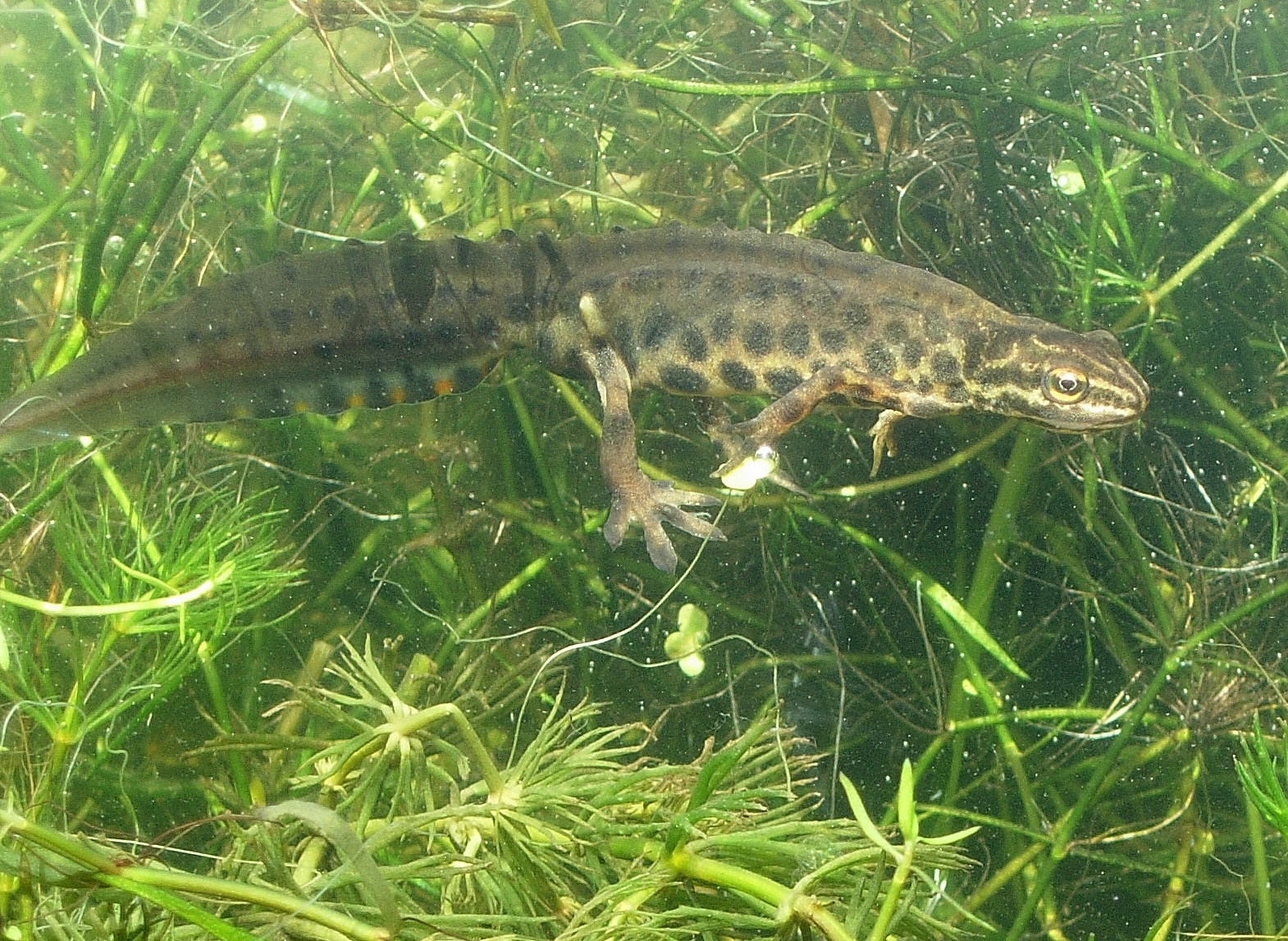
I would strongly recommend that you adopt a gardening for wildlife approach at your home; it is mainly fun, always educational, and very rewarding. It will repay your efforts in ways that will both surprise and delight. Gardening for wildlife allows individuals to have a role in helping to address, at a local level, some of our seemingly insurmountable ecological challenges.
Remember; there is no right or wrong when gardening for wildlife, as my adventures have demonstrated. There is just an ongoing series of choices that will have mainly unpredictable outcomes. By planting early spring flowering bulbs like snowdrops or summer flowering lavender in pots or a window box, you can provide bees and other insects with a timely source of nectar and pollen. If you have the space, building a small pond or water feature in your garden will provide wildlife with an unrivalled resource. Whatever you do, be it active garden management or inadvertent neglect, you have it within your power to help a diverse range of species to survive, for at least a few more years, which given the current worldwide collapse of ecosystems and falls in biodiversity abundance must surely be a good thing.
*You can download a 2007 version of Jim’s book ‘Newts in your Pond and Garden’.



